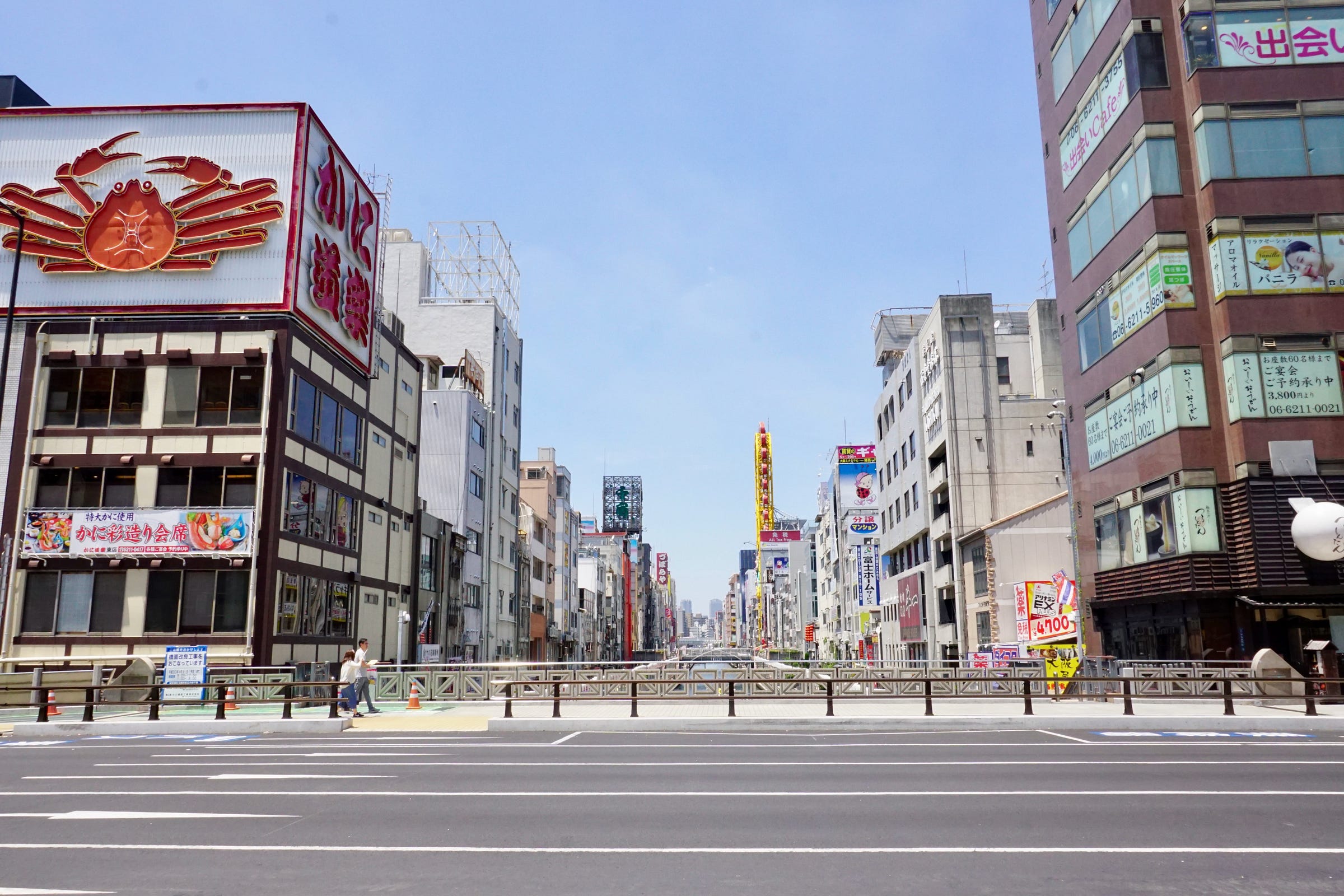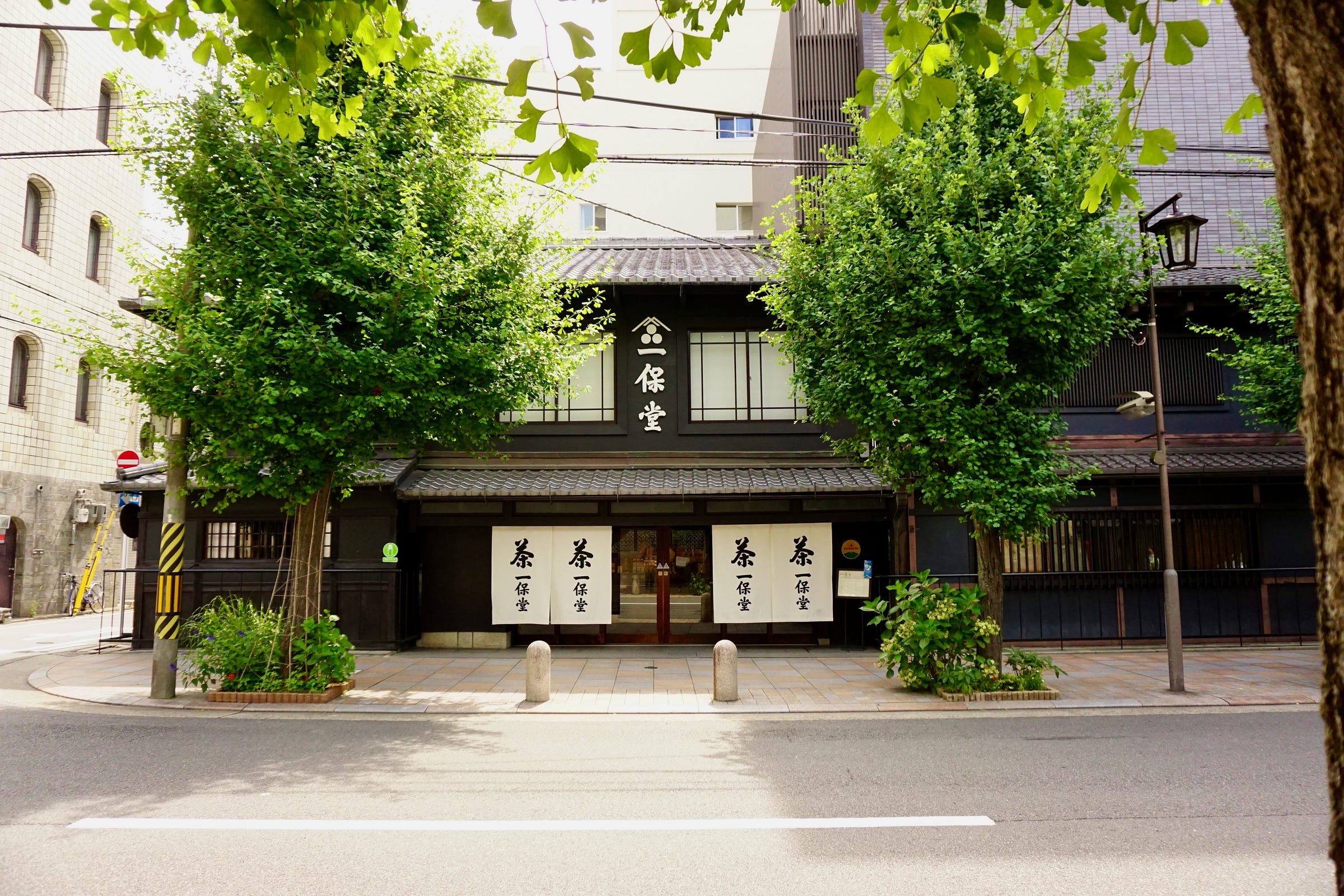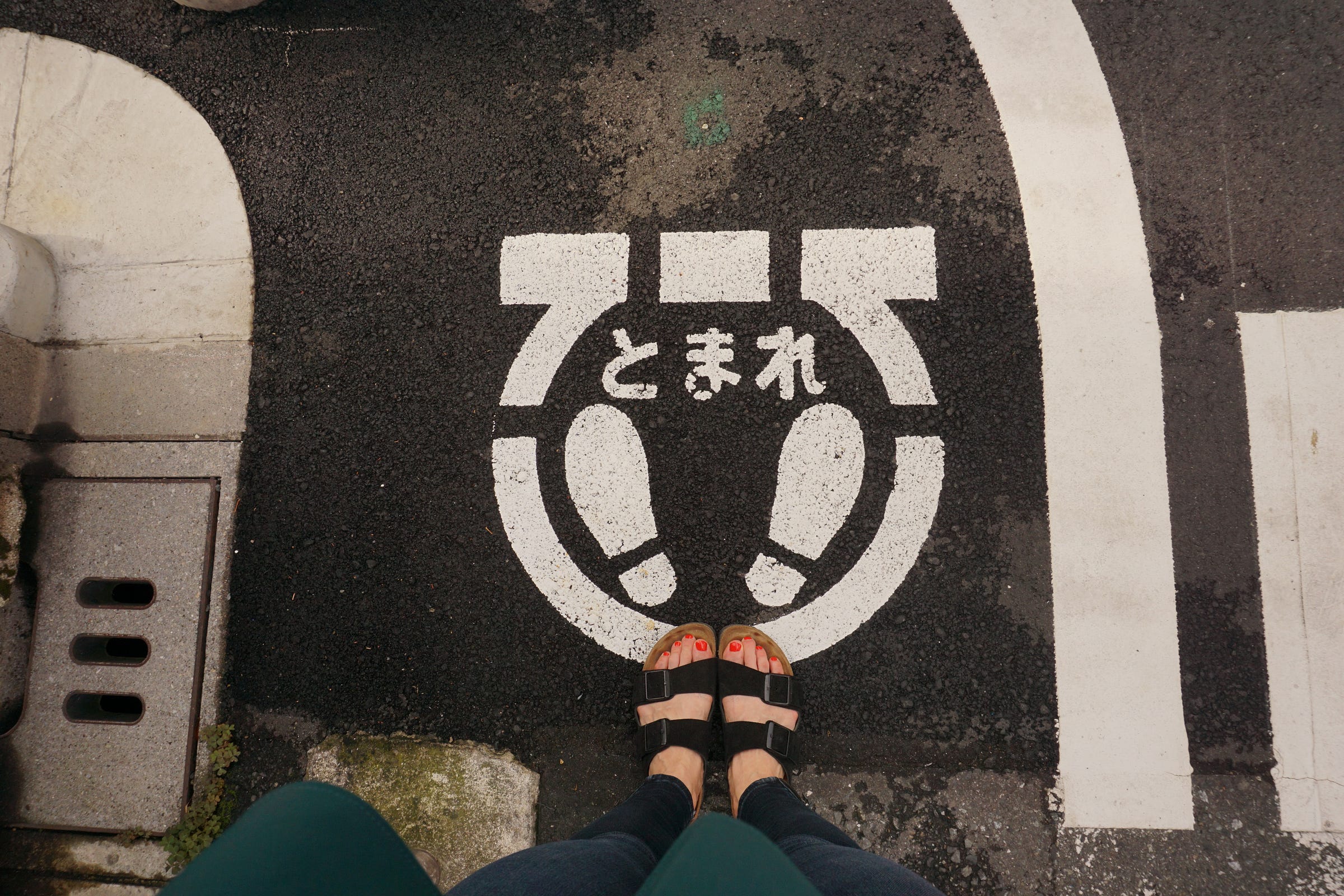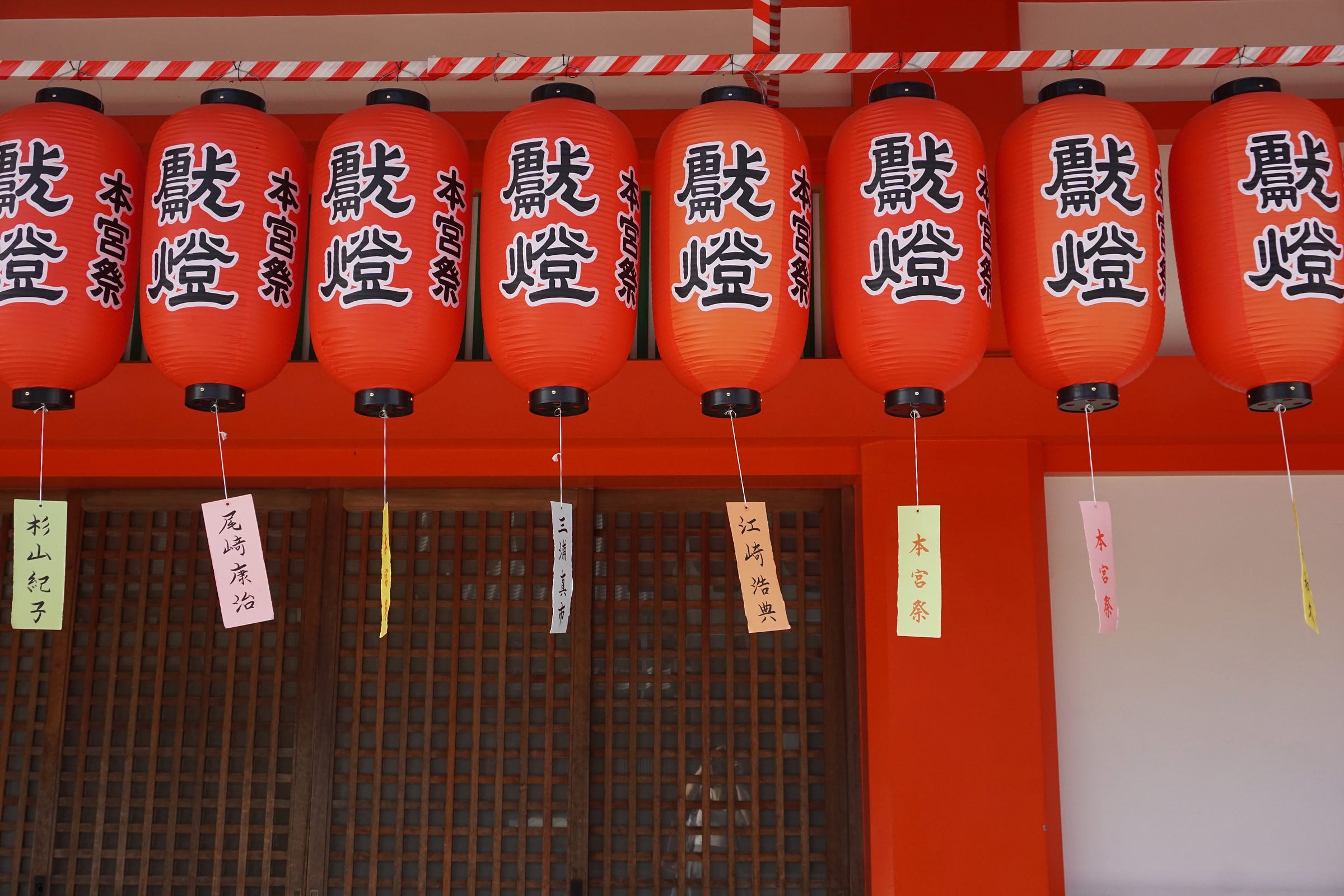How to Travel
pack your days, leave your nights free, and stop pretending you're not a tourist
If you have been reading Caravanserai for awhile, you’ve often heard me say that this newsletter is about inner journeys. Travel, to me, is life distilled, and my primary purpose is to examine how it shapes us people, the ways in which it forces us to grow.
Living abroad full-time and traveling as frequently as I do supplies me with endless material for a newsletter like this one. But I’m sure you’ve also wondered about the practicalities of all this travel. How am I making it happen? What’s my overall philosophy of travel? How do I structure my days when I’m on a trip? How do I find the restaurants and hotels I feature in my travel guides?
Travel can sometimes feel scary, confusing, or out of reach, even to those of us who are passionate about it. With these tips—gathered across twenty years, thirty countries, and five continents—I hope to ease your way. I want you to leave feeling confident so you can make the most of your next adventure.
Have an amazing time out there in our big, beautiful world, and ask me anything in the comments!
Some quick words on money
When I travel, I like to mind my budget by splurging on a couple treats that make the trip feel special, then balancing things out with affordable treasures. Depending on what’s on offer at the destination, my splurge might be a nice hotel, a unique experience, or a gorgeous keepsake; on the flip side, I nearly always look for cheap eats (they can be just as delicious as the pricier ones, if not more) and free activities (you can only do so many museums, and ticket prices add up). That mix is what’s right for me personally, but my tips below are agnostic to the size of your budget because it isn’t my business to tell you what to do with your hard-earned cash.
You don’t have to be wealthy to travel—not by any means—but of course, traveling requires some money. Food and lodging aren’t free and prices are up pretty much everywhere. It’s important to be realistic about the costs of your destination. Still, there are plenty of places where you can have an amazing time on a shoestring.
I went to Morocco in college and spent less than $10 a night on accommodation (it was a shared room and I ended up bunking with some real characters–one was a Polish guy who had apparently never heard of the United States, insisted I must be from Canada, and gave me blank stares no matter how many times I corrected him??–which just added to the fun). That was a decade ago, but per Google Flights, tickets from New York to Marrakesh can still be had for as little as $510, and you can get a very nice hotel with free breakfast for $60-$100 a night; you can find simpler, yet still comfy accommodations for far less.
So even if you have champagne tastes on a beer budget, there is hope. Don’t write off the idea of traveling simply because you don’t have a huge disposable income.
Be smart, be safe
I’m going to be your mom for a minute. Before you take off on your dream trip, empower yourself to stay safe by researching common health risks, scams to avoid, and potential security threats at your destination. The State Department’s country pages are an excellent resource for this (though I’d recommend looking at a couple, including some for countries you’re familiar with, to give yourself a sense of the scale—for example, Jordan is currently under a level 2 “exercise increased caution” warning, yet so is the UK). These reports are useful even for non-U.S. citizens, but if you’re a citizen of another country, it’s best to check with your own government as well. They may have additional information that’s relevant to you.
Also, know the contact information of the closest Embassy or consulate at your destination. This is the number to have saved in your phone in case the worst happens. If you are injured or need emergency medical care; if you’ve been the victim of a crime or someone is threatening you; if you’re arrested or harassed by local law enforcement; if you otherwise feel unsafe and don’t know what to do, please, please call your Embassy. They are there to help.
One more tip specifically for American citizens: always enroll in the State Department’s Smart Traveler Enrollment Program (STEP) before you go. This lets the State Department know where you are and when so that they can provide critical information and services in case of an emergency. Say you’re on vacation in Fiji and a tsunami occurs; if you’ve enrolled in STEP, the State Department will know that they need to find you and evacuate you from Fiji. If you haven’t enrolled in STEP, they’ll have no way of knowing you’re in Fiji at all. I’m guessing many countries have STEP program equivalents, so if you are not an American citizen, it’s worth looking into with your foreign ministry.
Ok! Now on to the juicy stuff!
Scan for soulfulness
This tip has helped me consistently pick restaurants and lodging that both suit my taste and offer a good product. When looking for somewhere to eat, crash, or shop, ask yourself: does the place have an aesthetic—literally any aesthetic, the particulars aren’t important—that looks as though someone put thought into it? Does it look soulful and inviting? Was any attention given to detail? Or do the goods look mass-produced, the signs and branding generic?
Businesses that care about character and atmosphere are trying to attract repeat customers, while those that don’t might be targeting one-time tourist dollars spent out of convenience. You want to seek out the former. Reputation matters to these sorts of places. They will care more about providing something of value and ensuring you have a good experience so that you come back and/or tell your friends.
There are, of course, exceptions to this rule. For some businesses, the less frilly the better (for example, you tend to find the best affordable food from immigrant communities in restaurants that are small and bare-bones), and there are definitely cases where a super unique vibe is a gimmick to mask a shitty product. There is a subtle art to going off vibes—especially in countries where business owners have fewer material resources with which to craft an ambience—but it has brought me good things 99 times out of 100. Also, you can always gather more info on a cool-looking place you’ve spotted by finding it on Google Maps. The reviews will tell you whether your instinct about it is right. (More on that below.)
All that said…
Don’t bother trying to avoid other tourists or tourist-y places
My husband Nick and I were in Rome in April. One night, while I was contentedly inhaling my cacio e pepe, a diner at the table next to us leaned over and said, “oh no, not more Americans.” He clearly meant it in good humor—the subtext of the joke being that he thought he was the only cosmopolitan genius in Rome who had found some local gem, until we (the other Americans) ruined it for him.
I wrote a bit about this in Why You Shouldn’t Try to Travel Like a Local, but somewhere along the line, we collectively decided that we should try to avoid other tourists. “Tourist” became synonymous with “rube” or “dolt,” where real travelers would look for authentic, local spots. (Can you hear my eyes rolling?) I’m here to tell you that “tourist” shouldn’t be a dirty word, nor does the fact that a place caters to tourists make it inherently bad. I’ve been to plenty of restaurants that were lousy with other tourists and had absolutely incredible food, like the one where the above exchange happened (and on the flip side, I’ve been to plenty of “local” spots that were garbage).
Think of it this way: even if you’re going to a place that seems tourist-y, as long as it’s not a huge chain, you are supporting the local economy just as much as you would be by going to a place that caters to locals.
Moreover, tourists are everywhere; we can’t avoid each other, and frankly, I don’t see why we should, because we’re not going to experience life like locals no matter what. You are a tourist and there is absolutely nothing wrong with that, so feel free to act like it, as long as you’re doing so with sensitivity and respect.
Walk! (or take public transportation)
There are so many advantages to using your feet as your main mode of transportation when you travel. It’s a great way to get your bearings in a new place. You’ll get exercise (which helps with everything from settling traveler’s tummy to recovering from jet lag to making room for—my favorite activity of all—eating), you’ll get to do some prime people watching (like that Italian dude who gave us a light striptease while housing an entire pizza by himself, yowza!), and you’ll stumble upon cool places you wouldn’t have noticed if you had sped by in an Uber. Plus, it’s free.
Obviously walking isn’t possible in every circumstance. Maybe you’re visiting a place that just isn’t walkable, or the weather is bad, or you aren’t up to it physically. Those are all valid reasons to seek other ways to get from point A to point B. But if you can walk, do.
I’m also a huge fan of taking public transportation whenever it’s safe and practical to do so. It’s cheap, environmentally friendly, and it will make you feel a bit more connected to the energy of daily life in the city.
Be smart about recommendations
The key to getting great recommendations is not taking them from just anyone. You need to know where to look and who to trust. Your best bets are people (be they bloggers, friends, whoever) that actually live in the place you’re visiting, and travel writers or publications that have similar taste to yours. If you can find these sources, it will pay dividends for many trips to come—for example, CN Traveler has basically never steered me wrong.
Social media can be a good source as well, but be aware that if you’ve found the cutest little corner bistro in Paris on Instagram, likely so have a million other people…and as a consequence, it may be swarmed. Also, per my above comment on gimmicky aesthetics: these places may be resting on their laurels of “instagrammability”—i.e., they may be so gorgeous that they don’t have to bother serving edible food to attract hordes of customers.
My best, no-fail tip? Use good old fashioned Google Maps to see what’s rated highly in the area. I home in on places that have 4.5 stars or higher from a solid number of reviewers. Twenty should be enough for the rating to average out and solidly reflect reality, but the more the better.
does this too, and any travel tip that’s good enough for her is good enough for me.This brings me to my next point…
Take recommendations from several sources
Pulling travel intel from various sources makes your trip unique to you rather than a rip-off of someone else’s. There's nothing wrong with stealing someone else’s itinerary wholesale if you truly think you’ll love it…but it’s risky. Say you’re planning your restaurant reservations for an upcoming getaway. If you take some recommendations from a friend, some from Rick Steves, and some from TimeOut, you’re more likely to get a good variety of spots at a range of price points than if you were to take one person’s word as gospel. When you only take recommendations from one source, everything you do will be tailored to your source’s palette—and you might get an unpleasant surprise at your destination when you realize their taste, standards, or expectations are vastly different from yours.
Curating recommendations can also help you construct an itinerary that prioritizes whatever is important and nourishing to you, whether that’s finding a quiet corner to decompress with a book or having a spot close to your hotel where you can retreat for a nightcap. This helps keep mid-trip burnout at bay. For example, no matter where I’m going, the first places I research are coffee shops. I like to know that I’ll at least have my morning cappuccino ritual, which makes me feel calm and ready for the day. I take tips from local coffee obsessives, fellow travel writers, and—you guessed it—Google maps. I nearly always find gems this way, and even if it only yields one good spot, I’ll have somewhere to which I can return throughout the trip.
If you’re in the market for some trustworthy recommendations, I’ve collated a big list of sources at the end of this post. Peruse them to your heart’s delight!
Carry-ons only
Okay, sometimes you really can’t avoid it, but I have never, ever wished I’d checked a bag. I’ve gone carry-on only for trips as long as three weeks. It saves me time at the airport. It means fewer decisions to make when it’s time to get dressed in the morning. And most crucially, there is practically no way for an airline to lose your carry-on.
As an example, here is what I would put in a carry-on for a week-long trip to a European city: one pair of dark jeans, four or five tops, a sweater, two dresses (at least one should be nice enough for an upscale restaurant) and two pairs of shoes (one comfy sneaker, one loafer that can go from walking around town to cocktails and dinner). I would wear the bulkiest items on the plane. And that’s it. I don’t worry about things getting too dirty or stained to rewear—you can wash things in your bathroom sink or scrub with a Tide pen in a pinch, and if you get really, really desperate, you can always buy something at your destination.
So instead of blindly throwing items in a bag the night before, take a few extra minutes to mentally run through the activities you have planned. Carefully consider how you’ll need to dress and what you’ll want to have with you each day. Pack accordingly, then edit ruthlessly. I’ve never regretted not bringing that third pair of shoes.
Squeeze every last minute of goodness out of your trip
Before I dive into this, I feel I need to give you some context. Nick and I averaged about 20,000 steps a day in Rome, with 24,600 being our record. We were out and about as much as humanly possible. This is typical for us; we usually visit multiple attractions each day. That pace may not work for everyone, and that is perfectly alright. The point here isn’t to exhaust yourself—it’s to make the most of the time you have in a way that works for you.
Here’s how I maximize my time: During my planning, I pay very close attention to where attractions are located in relation to each other. I make a full list of the places I want to visit, then I group them together by proximity and plan my days within those groupings. I also pick out coffee shops and restaurants I can easily stop at while moving from site to site. I may end up spending a whole day visiting attractions in a single neighborhood. This saves time (and aggravation!) on transportation and allows for deep dives into smaller areas. I then leave my evenings free to either do whatever feels good in the moment or try a recommendation I’ve come across during the day—maybe that’s seeing a cool monument by night, maybe it’s going to a bar, maybe it’s heading back to my hotel room and crashing so I can do it all over again the next day.
If that sounds like too much to you, there are gentler ways to do this. I recommend trying to squeeze some fun into your travel days. If Nick and I land somewhere at 6pm, you can bet we’re running off that plane and having dinner out (one of many reasons I advocate for carry-ons only, and will continue to do so until I shuffle off this mortal coil, per above). Or, say you leave in the afternoon; be sure to pack the night before, and leave your final morning free to do something fun as a last hurrah instead of sleeping in and going straight to the airport. In my experience, this makes trips feel longer.
Do it now
If there is a place you want to see and you can afford it, just go. Don’t wait. You don’t know what is going to happen tomorrow, or next month, or next year. Your circumstances could change and travel might not be an option anymore, or shifts in security and economic situations could suddenly make your dream destination off-limits. I’ve been wanting to go to Israel for years, and I didn’t do it from Egypt because I knew we’d soon be moving to Jordan and it would be easier to get there from Amman than from Cairo…I’m obviously regretting that now. Don’t be me.
Sources!!
For destination guides and general travel tips: YOURS TRULY (new Caravaner’s Companion guides out on June 13, check out the archives here!!); Yolo Intel;
; ; ; ; CN Traveler; AFAR; Travel + Leisure; TimeOutFor a focus on art and design: In Hand; Architectural Digest;
pocket guidesFor a focus on food: Eater; David Lebovitz
For all things Italy:
; Elizabeth’s Newsletter from Italy;For all things France: Paris By Mouth; The New Paris Dispatch
Reader, I’m curious…
What are your best travel tips? Do you disagree with any of mine? Where do you get recommendations—did I miss any essential sources? Tell me in the comments!
In case you missed it…
On Tuesday, I posted a call for readers’ worst travel blunders and shared my own. The comment section is hilarious and relatable. I also wrote a mini guide to Cairo for Kiss me on Tulips.
Up next…
Next Thursday, paid subscribers will get an in-depth research essay about the ongoing marginalization of women and spouses in the American diplomatic corps. Upgrade your subscription to come along for the ride. (Huge thanks to recent subscribers Jim, Brenna, Janice, Meg, and Stephanie for your support!)







Only two pairs of shoes???!! Sam, you’re a better woman than I.
Arriving late here but I loved these tips, thank you! I save all the places I want to see to Google Maps before I travel (sometimes with separate lists for restaurants and sights etc) and then dowload it before I arrive so that I can use the map online. Then I can easily find my way to all the places - especially on foot - without having to faff about and either delete or move them to a favourites list to keep for future visits. I also love visiting supermarkets when I'm somewhere new - I think it's so fascinating to see how much they vary from what I'm used to and it's a nice glimpse of the day to day in each place.